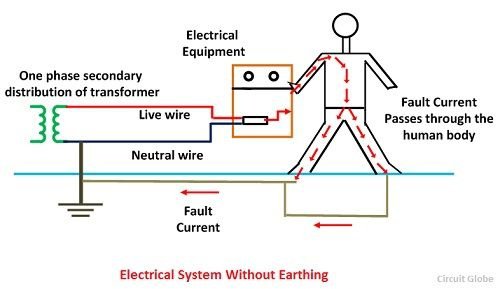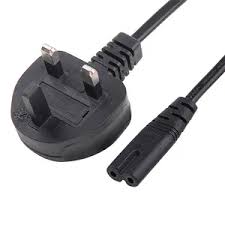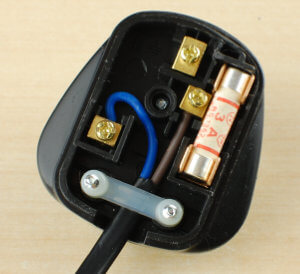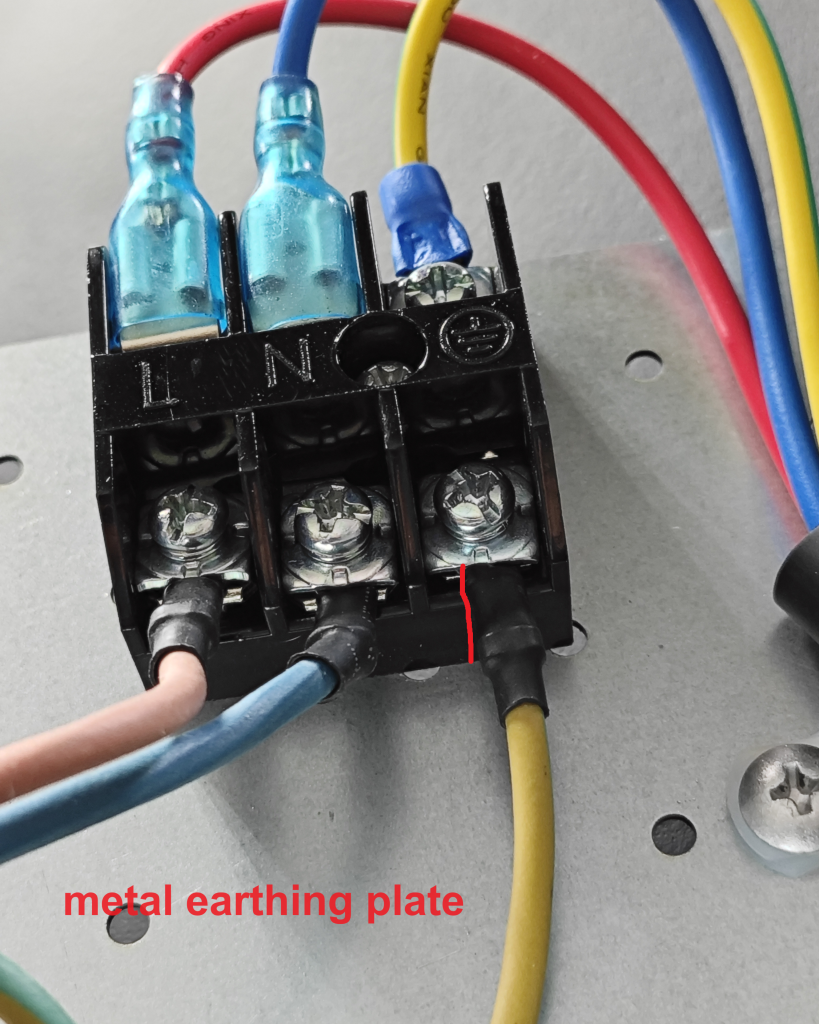Clause 3 – How to understand the definition of “class I appliance”
class I appliance: appliance in which protection against electric shock does not rely on basic insulation only but which includes an additional safety precaution, in that conductive accessible parts are connected to the protective earthing conductor in the fixed wiring of the installation in such a way that conductive accessible parts cannot become live in the event of a failure of the basic insulation
NOTE This provision includes a protective earthing conductor in the supply cord.
According to the concept of double protection, there are two precautions to protect against electric shock. The first precaution is basic insulation, the second is grounding. If the basic insulation fails (for example, if the inner wire sheath breaks or if the insulation between the winding and the stator disk in the motor fails), dangerous current will flow through the accessible metal parts, such as the casing of the equipment or the casing of the fan motor. If the metal parts are grounded, the current will be drained through the grounding and will not flow through the human body, because the resistance between the accessible metal parts of the equipment and the external grounding conductor is usually very low compared to the human body. The current will flow through the low resistance conductive path, i.e. it will be diluted to the external grounding network via the grounding conductor. The protective grounding conductor in the fixed wiring of the installation mentioned here is the protective grounding wire in the fixed wiring, which is simply understood as the grounding socket-outlet in our house socket-outlet. Through this socket-outlet, the current flows to the earth. The earth is an infinitely good conductor. We can understand that the earth dilutes these charges, or we are at the same potential as the earth because we are standing on the earth. Only when there is a potential difference will electricity be generated. Therefore, no current will flow through the human body, and there will be no danger. As the name suggests, the protective earthing conductor is for the protection we mentioned above. In the event of a leakage accident, the leaking current can be conducted into the earth. Example: Basically, appliances with large metal casings are classified as Class I equipment, such as outdoor units of air conditioners, electric grills, etc. However, some range hoods with metal casings may be designed as Class II equipment without earthing. The green wire shown in the figure below is the protective conductor or earthing conductor.

How does grounding protect the user of an appliance from electric shock?

If an appliance with a metal case (such as a toaster) has a fault where the live wire‘s conductor touches the metal case, and the the metal case is not grounded, it will become live and anyone who touches it will receive an electric shock.
If a toaster with a grounded metal casing fails in basic insulation, the household leakage protection switch will usually be activated first to cut off the power supply to the entire appliance, avoiding the danger. In some countries with poor infrastructure, ordinary households do not install leakage protection switches. In this case, the leakage current will also flow into the protective grounding circuit of the building through the grounding loop first, avoiding the risk of electric shock.
The resistance of the human body is up to 100,000 ohms in dry conditions and can go down to as low as 1,000 ohms when the skin is wet and broken.
The resistance of the ground path is kept at a low value of 1 ohm. Now, if a fault occurs or there is a current leakage, in a grounded system that current will flow from the ground conductor i.e. of earthing. In a system where there is no earthing, human touch can provide the path of least resistance for the flow of fault or leakage currents.
Therefore, earthing will safely protect you from electric shock.
For ordinary users, if the product is equipped with a three-pins plug, it is generally a Class I appliance.





There are two special cases
The first, such as the UK plug, generally has three pins, one of which is longer than the other two. This longest pin is for earthing. However, sometimes the earthing pin can be replaced with a non-metallic material. In this case, the device has no earthing measures and the product cannot be defined as a Class I appliance. In addition, it may be that the pin is still made of metal but there is no earthing connection inside. Likewise, the device cannot be defined as a Class I appliance.
The photo below shows this plug.
Replace the metallic earthing pin with a plastic pin in the BSI plug





The second case: has grounding measures, but this grounding measure is directly connected to the protective earthing conductor from a fixed position on the circuit board. Other parts of the equipment, including accessible metal parts, if any, are not connected to a grounding conductor. Personally, I think that the grounding measure on the board is a functional earthing, not a protective earthing. It can be classified as a class II appliance. However, we also need to consider the users’ duty to inform. Users can only determine the protection level of the device by the number of pins on the device connector. At the same time, most practitioners in the inspection and testing industry also define the device as a Class I appliance in this situation. Therefore, in actual testing and evaluation, classifying this device as a Class I appliancecan avoid some non-product-related safety risks. The circuit diagram shown below shows this functional earthing structure.
The basic insulation for creepage and clearance distances in Class I appliance

red line shows the creepage distance of the base insulation. The creepage distance runs through the insulating shrink sleeve of the terminal lug and the side of the terminal block

